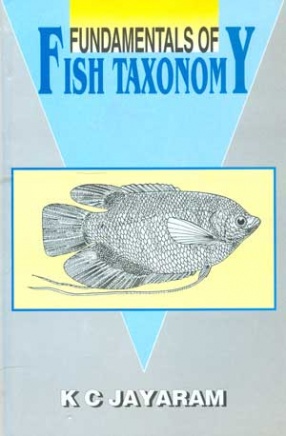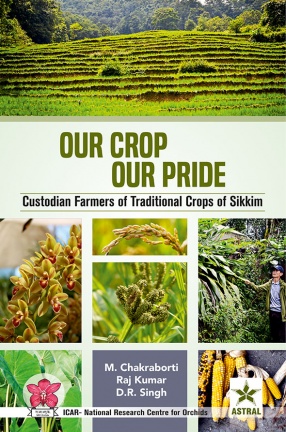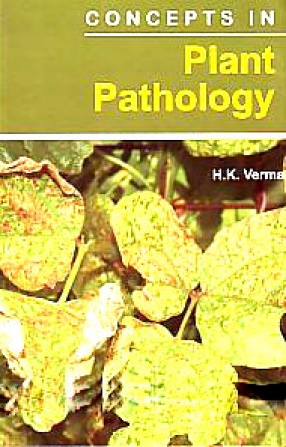This book exclusively on rainfed fruit crops is the first of its kind edited by an eminent scientists and is the after effect of a winter school conducted with the funds sanctioned by I.C.A.R. Country is receiving 1100 mm rainfall, its distribution is very erratic and uneven which leads to moisture scarcity and low crop productivity. The production and productivity of marginal land therefore becomes very difficult and serious. In such conditions, cultivation of rainfed fruit crops is an attractive alternative. The crops like mango, tamarind, ber, aonia, custard apple, jamun, wood apple, marking nut, phalsa, charoli, karonda, bael, fig, pomegranate, cashewnut, etc. can be successfully grown here for higher productivity. In India, about 25-30% area under rainfed agriculture accounts for marginal or wastelands, having shallow depth and uneconomic crop productivity. This land can be utilized for growing rainfed fruit crops successfully. Thus, there is tremendous scope for increasing the area under rainfed fruits in the country. However, there is very limited information on rainfed fruit crops at a place written scientifically. Considering above fact, this book will serve the purpose. The book embodies lecture notes prepared by experts encompassing soil and climatic requirements, soil moisture conservation, importance, area, adaptive special attributes of various crops, constraints in cultivation, remote sensing in rainfed fruits, use of biofertilizers, INM, IPM, microbial biotechnology, use of antitranspirants, relation with agroforestry and watershed areas, improvement through breeding, propagation, control of pests and diseases, PHT, unexploited and non-traditional rainfed fruits, equipment for rainfed fruits, concept of contract farming, economics, marketing and weed control, etc.

Production and Management of Rainfed Fruit Crops
$42.30
$47.00
In stock
Free & Quick Delivery Worldwide
All orders amounting to US$ 50 or more qualify for Free Delivery Worldwide. For orders less than US$ 50, we offer Standard Delivery at $14 per book.
reviews
0 in total
Review by Anonymous
Be the first to review “Production and Management of Rainfed Fruit Crops” Cancel reply
You must be logged in to post a review.
Bibliographic information
Title
Production and Management of Rainfed Fruit Crops
Author
Edition
1s ed.
Publisher
ISBN
8183210309
Length
288p.,Tables.
Subjects
similar bookssee more
Our Crop Our Pride: Custodian Farmers to Traditional Crops of Sikkim
Sikkim covering just 0.2 % ...
$59.40
$66.00
Concepts in Plant Pathology
$67.50
$75.00




There are no reviews yet.